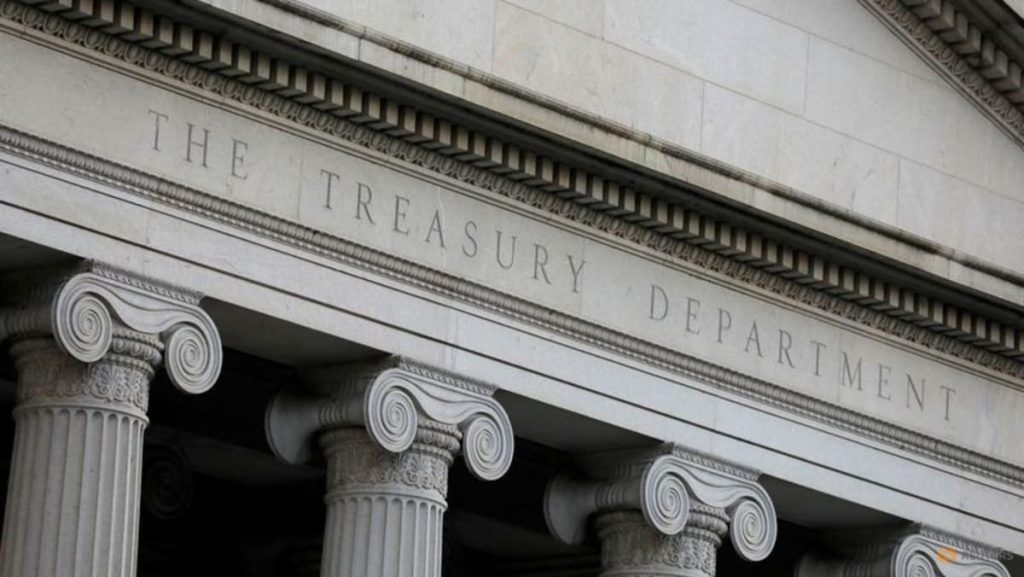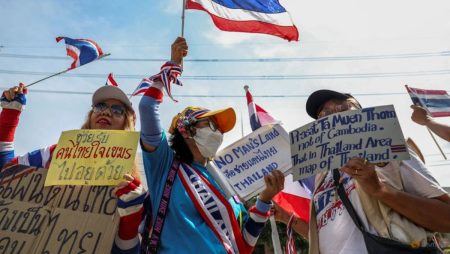The US Treasury Department recently announced a cybersecurity breach, alleging that a China state-sponsored actor was responsible for compromising access to some of its workstations. The incident, which occurred earlier in December, involved the exploitation of a third-party cybersecurity service provider, BeyondTrust, allowing remote access to the Treasury’s systems and certain unclassified documents. Following the discovery, BeyondTrust’s compromised service was immediately taken offline, and the Treasury has been working with law enforcement agencies and the US Cybersecurity and Infrastructure Security Agency (CISA) to investigate the full extent of the breach and ensure no further unauthorized access persists. While the Treasury attributes the attack to a Chinese Advanced Persistent Threat (APT) actor based on available indicators, China vehemently denies these accusations, labeling them as groundless and politically motivated.
The Treasury Department, in its communication to the Senate Banking Committee, explicitly attributed the breach to a China state-sponsored APT actor. This designation signifies a sophisticated and sustained cyberattack where the intruder maintains unauthorized access to the target system for an extended period, often remaining undetected. APTs are typically associated with nation-state actors due to the resources and expertise required to execute such complex and persistent intrusions. The Treasury maintains that it is taking the threat seriously and is committed to safeguarding its systems and the sensitive data it holds. However, specific details regarding the extent of the breach and the nature of the compromised information remain limited, with the Treasury promising a supplemental report at a later date.
China’s response to the accusations has been swift and categorical, denying any involvement in the cyberattack. The Chinese foreign ministry spokesperson, Mao Ning, reiterated Beijing’s longstanding opposition to all forms of hacker attacks and dismissed the claims as unsubstantiated and politically driven. This denial aligns with China’s consistent stance on similar accusations, often characterizing them as attempts to smear China’s image and advance a specific political agenda. The ongoing exchange highlights the increasing tension between the US and China in the cyberspace domain, with both countries frequently accusing each other of state-sponsored cyber espionage and attacks.
The incident underscores the growing vulnerability of government agencies and organizations to sophisticated cyber threats, particularly through third-party service providers. The compromise of BeyondTrust’s systems highlights the interconnected nature of cybersecurity and the potential for vulnerabilities in one system to cascade into breaches across multiple connected networks. This incident serves as a stark reminder of the need for robust cybersecurity measures, not only within organizations themselves but also throughout their entire supply chain and network of third-party vendors. The increasing reliance on interconnected systems and cloud-based services necessitates a comprehensive and multi-layered approach to cybersecurity, encompassing continuous monitoring, threat intelligence sharing, and proactive vulnerability management.
The Treasury’s response to the breach, involving collaboration with CISA and law enforcement, reflects a growing awareness and prioritization of cybersecurity within government agencies. Taking the compromised service offline swiftly was a crucial step in containing the breach and preventing further unauthorized access. The ongoing investigation, in conjunction with the promised supplemental report, demonstrates a commitment to transparency and accountability in addressing the incident. However, the lack of immediate detailed information raises questions about the potential sensitivity of the compromised data and the possible implications for national security.
Moving forward, this incident is likely to further fuel the ongoing debate surrounding cybersecurity and international relations. The attribution of the attack to a Chinese state-sponsored actor, coupled with China’s firm denial, exacerbates existing tensions between the two nations. It also highlights the challenges of attributing cyberattacks with certainty and the potential for such accusations to become politicized. The increasing frequency and sophistication of cyberattacks targeting government agencies and critical infrastructure necessitate international cooperation and the establishment of clear norms of behavior in cyberspace to mitigate these threats effectively. This incident serves as a crucial case study for policymakers and cybersecurity professionals alike, emphasizing the need for robust defensive measures and a coordinated international response to address the evolving landscape of cyber threats.










